A Complete Guide on How to Stretch Carpet Yourself

By Alexa Erickson
Carpeting is meant to be a seamless, soft covering on the floor. When it doesn’t feel that way, something’s up. From poor installation or wrong padding to heavy foot traffic or old carpet, there are various reasons you may find yourself needing to learn how to stretch carpet.
Carpet stretching is a process that involves lifting a bunched-up carpet from its tacks and pulling it, taking it back to its original shape. This guide will teach you everything you need to know about the process, signs that your carpet needs to be stretched, and in which situations you should probably call a professional.
Photo via Shutterstock
Signs That a Carpet Needs to be Stretched
There are a few telltale signs that your carpet needs to be stretched, most of them pretty noticeable indicators:
- It’s lumpy or rippled in areas.
- Areas of the carpet won’t lie flat. If you constantly find yourself trying to smooth out an area with your hands or placing heavy furniture over it to keep it down, it’s probably in need of a stretch.
- You notice that the carpet is piling up at the edge of the baseboard.
Tools Needed for Stretching a Carpet
Carpet-stretching will involve a few not-so-everyday tools to get the job done properly:
Carpet Cleaner
It's important to clean your carpet before stretching it. And we don't mean a quick vacuum job: Make sure that you give the carpet a solid shampoo rinse using a carpet shampoo machine. You can likely rent one from your local home improvement store.
Power Stretcher
This specialized tool is made up of a head with tines, a long extendable shaft, a flat base, and a lever. The tines grip onto the carpet and the flat base sits against a stationary object (typically an opposite wall). When force is applied to the lever, the stretcher's shaft extends and pulls the carpet taut.
Knee Kicker
A knee kicker works similarly to a power stretcher but on a smaller scale. On one end of the tool is a head with tines (similar to a power stretcher) and on the opposite end is a padded base. To activate the tool, the user sets the head and tines into the carpet and kicks their knee into the padded base, which tensions the carpet.
Photo via Shutterstock
How to Stretch a Carpet
The preparation for how to stretch a carpet is just as important as the act itself. Follow these steps to revive your carpet back to its original, smooth shape.
Tools and Materials Needed
- Vacuum
- Carpet cleaner
- Pliers
- Flat-head screwdriver
- Power stretcher
- 2x4 wood
- Hammer
- Knee kicker
- Utility knife
Step 1: Clear the Room
Begin by removing any furniture on the carpet, as well as any furniture in the area that could get in the way of the process of carpet stretching.
Step 2: Vacuum and Shampoo
Before you can stretch the carpet, it’s important to clean it! Start with a thorough vacuum of the carpet. If the carpet is over a few years old, you may want to consider shampooing it. Doing so will ensure that the carpet is in its best shape to be stretched. Allow the carpet to fully dry before stretching (usually 24 hours).
Step 3: Lift the Carpet
Beginning at one corner of the carpet, use pliers to peel back the carpet. Once you’ve lifted up enough of the edge, put down the pliers and use your hands to pull up the carpet, leaving the carpet pad in place. Work your way around the room until just one side of the carpet remains intact (this will act as the anchor).
Step 4: Remove Tacks or Staples
Use pliers and a flat-head screwdriver to remove any tacks or staples attaching the carpet to the padding. Leave the tack strips in place.
Step 5: Secure the Power Stretcher
Place a 2x4 on its side so its length is pressed against the wall where the carpet remains anchored. This is simply to protect the woodwork.
Lay the power stretcher tooth-side down against the 2x4 so it’s perpendicular to the wrinkles in the carpet. Extend the stretcher’s shaft until it’s about six inches from the opposite wall. Then, turn the stretcher’s knob to sink the teeth into the carpet backing.
Step 6: Push Down On the Lever
With the teeth gripping the carpet, press down on the power stretcher’s lever to extend the head and begin the stretching process. It will take a bit of bearing down on your part. Press down on the lever and pull back, repeating until the carpet's wrinkles reach the wall and release.
Step 7: Use the Knee Kicker
Move to a wall perpendicular to the one that you just pushed the wrinkle toward to release. You'll now use the knee kicker to stretch and secure the carpet to this wall. Secure the knee kicker about six inches from the wall and place your kneecap into the kicker’s padded base. Kick forward several times to stretch the carpet to the wall.
Repeat this step with the final wall (the opposite of the wall you just secured carpet to).
Step 8: Trim the Carpet’s Edges, Secure the Carpet
Once the carpet has been stretched across the room and secured back in place, use a sharp utility knife to trim the edges to fit along the baseboards. Carefully secure the carpet down into the tack strips.
How to Prevent Future Wrinkles in Carpet
After you’ve stretched your carpet back to its original shape, you might be wary of what might have caused the issue in the first place. After all, you want your carpet to look good and last for years to come!
Be mindful that the padding used beneath the carpet is dense enough to adequately support the carpet. If the carpet can move too much over the padding, it will cause the carpet to buckle. The carpet may also move freely as a result of delamination, or when the secondary backing on the back of the carpet is detached from the primary backing. This could either be the result of a manufacturer blunder or because the latex adhesive has broken down over time. In this case, the carpet will need to be replaced.
Humidity is another big culprit for carpet bunching. Drastic shifts in temperature make carpets susceptible to wrinkles when summertime hits, as high humidity shocks the carpet into swelling. This isn't permanent damage, but to avoid it, run your air conditioning during the summer months and keep a dehumidifier in the room to pull the moisture out.
Regardless of what you try to prevent wrinkles in carpets, heavy-traffic areas are subject to wear and tear, so even the strongest carpets will wrinkle over time.
When to Call a Professional
If your carpet was recently installed and you notice wrinkles, definitely call the company who installed it for you to come back. If your carpet is older and you notice just a section of the carpet needs to be stretched, you may wish to stick with the DIY method. However, if you’re dealing with a hefty square footage of carpet, it may be in your best interest to seek the help of professionals from a flooring company.
If you’re not sure if your carpet needs to be stretched or replaced, you may also want to call the pros. Years of wear and tear can take a toll on your carpet’s fibers and a professional can determine if what you’re noticing is a bunched-up carpet, or one that needs to be replaced.
Have you noticed signs your carpet may need to be stretched? Have you stretched a carpet yourself? Share your thoughts below!



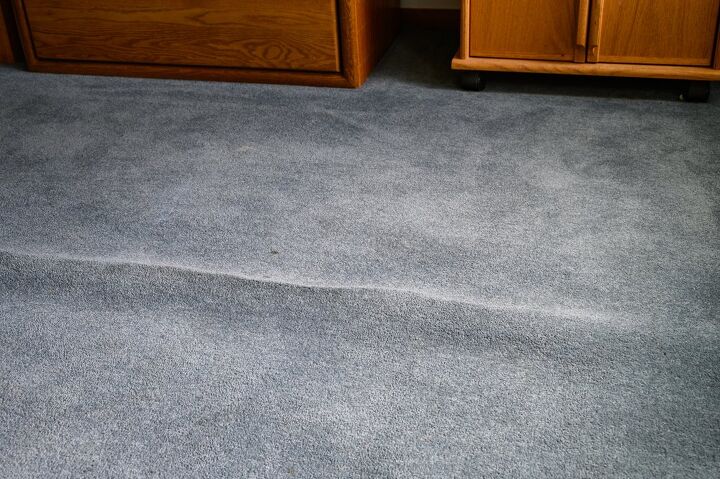




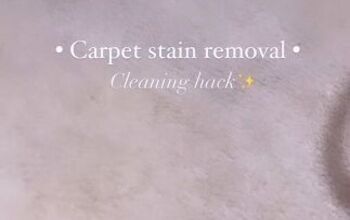




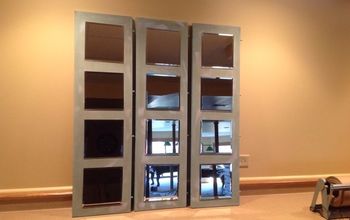
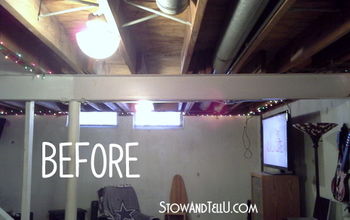
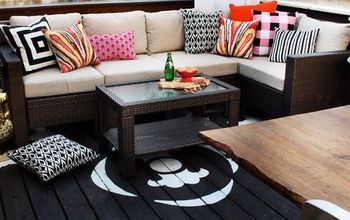
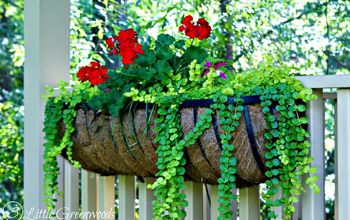


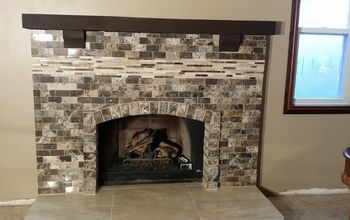
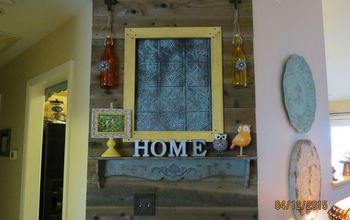
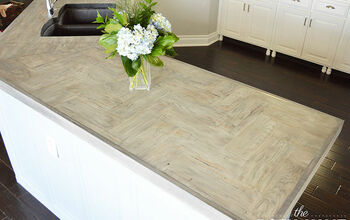



Frequently asked questions
Have a question about this project?